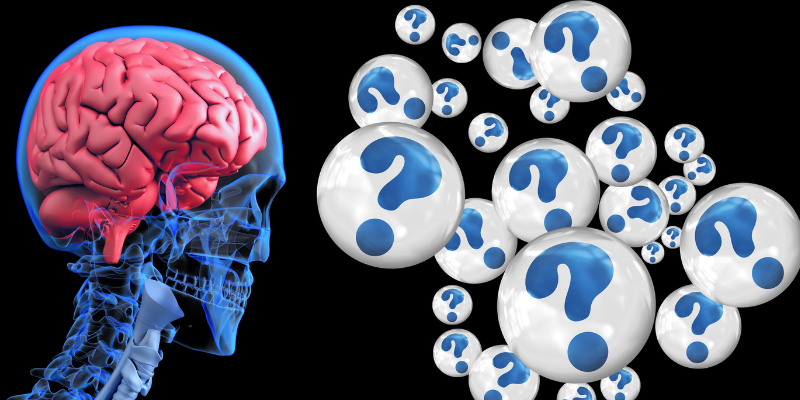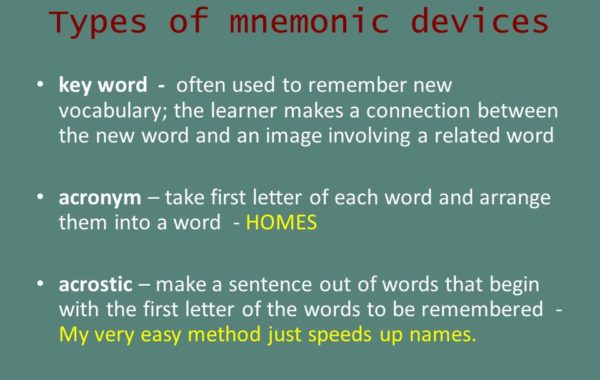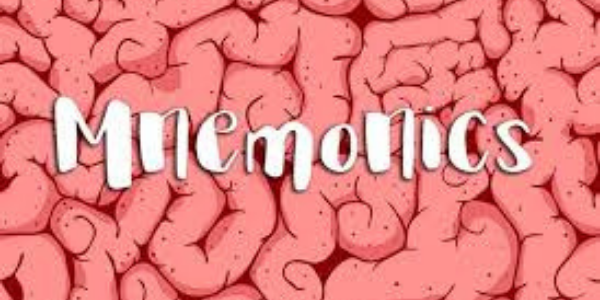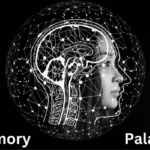How Mnemonic Devices Help Memory: The Ultimate Guide

As humans, we all have memory lapses from time to time. We forget important dates, people’s names, and even the things we read or hear. It’s frustrating, but there’s a simple solution that can help: mnemonic devices. In this ultimate guide, we’ll explore how mnemonic devices work, different types of mnemonic devices, and how to use them effectively to improve memory.
Introduction to Mnemonic Devices
Mnemonic devices are techniques that help us remember information better by connecting it to something we already know. They can be a word, a phrase, an image, or even a story that we associate with the information we want to remember. The basic idea is to create a mental connection between the new information and something we already know well, making it easier to retrieve the information when we need it.
How Mnemonic Devices Work
To understand how mnemonic devices work, it’s important to know a little about how memory works. Our brains are like sponges, constantly soaking up new information, but not all of it gets stored in long-term memory. For information to be stored long-term, it has to be actively processed and encoded in a way that makes it memorable.
Mnemonic devices work by encoding new information in a way that makes it more memorable. By connecting the new information to something we already know well, we create a mental association that makes it easier to retrieve the information later on. This is especially useful for information that is otherwise difficult to remember, like lists, names, and dates.
Types of Mnemonic Devices

There are many different types of mnemonic devices, but here are some of the most common ones:
- Acronyms: An acronym is a word made up of the first letter of each word in a phrase. For example, “ROYGBIV” is an acronym for the colors of the rainbow (red, orange, yellow, green, blue, indigo, and violet).
- Acrostics: An acrostic is a phrase where each letter stands for something else. For example, “My very eager mother just served us nine pizzas” is an acrostic for remembering the order of the planets (Mercury, Venus, Earth, Mars, Jupiter, Saturn, Uranus, Neptune, Pluto).
- Rhymes: Rhymes can be used to remember lists or other information. For example, “i before e, except after c” is a rhyme that helps people remember the spelling of certain words.
- Association: Association involves connecting new information to something you already know well. For example, if you want to remember a person’s name, you could associate it with something they look like, or with a famous person who shares their name.
- Method of Loci: The method of loci involves associating new information with specific locations or places. For example, if you want to remember a shopping list, you could imagine walking through your house and placing each item on the list in a specific room.
How to Use Mnemonic Devices Effectively
Mnemonic devices can be a powerful tool for improving memory, but they need to be used effectively to be effective. Here are some tips for using mnemonic devices:
- Choose the right type of mnemonic device for the information you want to remember.
- Make the connection between the new information and the thing you’re connecting it to as vivid and memorable as possible.
- Practice using the mnemonic device several times until you’re confident you can remember the information.
- Use the mnemonic device regularly to keep the information fresh in your memory.
What Are The 3 Main Types Of Mnemonics?
Frequently Asked Questions
Q: Do mnemonic devices work for everyone?
A: Yes, mnemonic devices can be used by anyone to improve memory. However, some people may find certain types of mnemonic devices more effective than others, so it’s important to experiment and find what works best for you.
Q: Are there any downsides to using mnemonic devices?
A: The main downside of using mnemonic devices is that they can be time-consuming to create and use. Additionally, some people may find certain mnemonic devices difficult or impractical to use in certain situations.
Q: Can mnemonic devices be used to remember complex information?
A: Yes, mnemonic devices can be used to remember complex information, but it may require more effort and creativity to create a mnemonic device that effectively captures the complexity of the information.
Q: Can mnemonic devices be used to improve memory in people with cognitive impairments?
A: Yes, mnemonic devices can be a useful tool for improving memory in people with cognitive impairments. However, it’s important to work with a healthcare professional to develop an appropriate strategy and to ensure that the mnemonic devices are used safely and effectively.
Conclusion
In conclusion, mnemonic devices are powerful memory aids that can help individuals of all ages and backgrounds to remember information more effectively. By utilizing visual, acoustic, and semantic memory techniques, individuals can create associations between pieces of information and improve their ability to recall them when needed. These memory techniques can be especially beneficial for students, professionals, and anyone looking to improve their cognitive function and productivity.
Mnemonic devices are easy to learn and can be applied in a wide variety of situations, from learning a new language to memorizing important facts and figures. By incorporating mnemonic devices into your everyday life, you can improve your memory, increase your productivity, and achieve your goals more effectively. Whether you are a student, a professional, or simply looking to improve your memory and cognitive function, mnemonic devices can be an incredibly valuable tool for achieving success.
For more information on Mnemonics, check out this article Unlock the Power of Mnemonics



